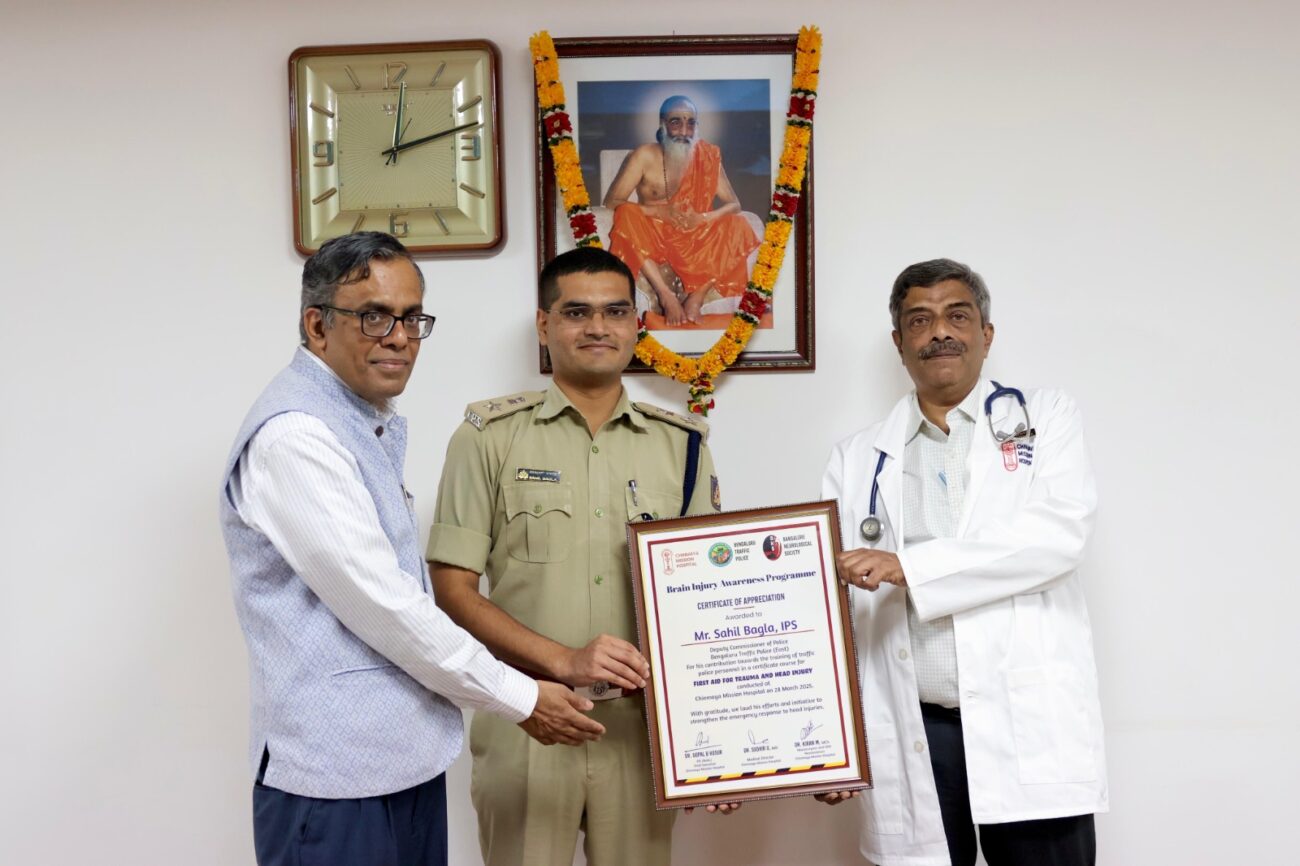Don’t Let Dengue Rain on Your Parade: Embrace Preventive Measures
Dr. Subrata Das, Senior Consultant - Internal Medicine and Diabetology, Sakra World Hospital The lovely monsoon season is ushered in by nature's symphony as the sweltering summer heat begins to fade. An aura of calm and

Dr. Subrata Das, Senior Consultant – Internal Medicine and Diabetology, Sakra World Hospital
The lovely monsoon season is ushered in by nature’s symphony as the sweltering summer heat begins to fade. An aura of calm and renewal is produced by the pitter-patter of rainfall, the earthy smell of damp soil, and the lush vegetation that covers the landscape. The dengue virus, though, hides within this lovely scenery like an unwelcome intruder. With its stagnant water pools and ideal mosquito breeding grounds, the monsoon season increases the risk of dengue transmission.
Defining Dengue
Half of the world’s population is at risk from dengue, a viral infection spread by little but persistent mosquitoes, one of which is Aedes Aegypti (Aedes species are the main carrier). This elusive illness, which targets urban and semi-urban regions and has an astounding 100–400 million infections annually, flourishes in tropical and subtropical climes. Although some may brush it off as a minor inconvenience, dengue may actually strike with a relentless ferocity, causing serious sickness and even death. Given the lack of a precise cure, prevention becomes our most effective defence against this invisible attacker. In addition to spreading dengue, these mosquitoes also act as vectors for the Zika and chikungunya viruses.
It isn’t always viable for dengue to switch from one man or woman to every other via inadvertent touch. It’s like a solo act, shifting from one gullible sufferer to the subsequent solely via the deft shipping approach of the mosquito. There is one exception to this rule, though: the transmission of the virus from a pregnant female to her valuable foetus.
The Stages and Signs of a Mosquito-Transmitted Threat
The dengue virus is the reason of dengue fever, a tropical contamination unfolds through mosquitoes. The signs and symptoms of dengue fever are various and might variety from slight to severe. The first symptoms of dengue normally arise four to ten days after being bitten through an aedes mosquito. Dengue fever has 3 stages.
The first level is known as the febrile phase. It is characterized with the aid of using an all at once growing temperature that regularly reaches 104°F (40°C) or higher. Typically, similarly to the fever, different signs consist of a horrible headache, excruciating ache withinside the muscle tissues and joints, and ache in the back of the eyes. This level may additionally consist of emotions of fatigue and widespread weakness.
The second stage is referred to as the critical stage. The fever usually starts to break after a couple of days, which ushers in the vital stage. Some people may exhibit warning symptoms at this stage that point to a greater likelihood of experiencing severe dengue. Severe abdominal pain, frequent vomiting, quick breathing, bleeding gums, exhaustion, restlessness, and the appearance of blood in the vomit, urine, or faeces are some of the warning indications that should be taken seriously.
Recovery Phase is a definition of the third phase. The patient enters the recovery phase after the critical phase, at which point the fever starts to subside. Although the person may continue to feel weak and exhausted for a while, symptoms progressively go away.
It’s important to keep in mind that while the majority of dengue fever episodes are self-limited diseases, a tiny minority of patients may experience more severe symptoms including dengue haemorrhagic fever (DHF) or dengue shock syndrome (DSS). If these issues are not properly handled at the outset, they may result in organ damage and even death. They are distinguished by an abrupt drop in platelet count and an increase in vascular permeability.
Preventive Measures
Dengue, sometimes known as the “break-bone fever,” affects people of all sexes and ages and is common in tropical and subtropical areas of the world. Millions of people suffer from dengue each year. Our best weapons against this tenacious disease are awareness, early detection, and fast medical care.
Getting Rid of Stagnant Water and Maintaining a Clean Environment: Empty, wash, or cover any containers that can hold water, including flower pots, buckets, used tyres, and water storage containers. By eliminating these breeding grounds, which are stagnant bodies of water, mosquito populations are decreased.
Making Use of Mosquito Nets and Screens: Sleeping under mosquito nets, especially if you reside in or are visiting dengue-prone areas. By adding screens to windows and doors, you can keep mosquitoes out of your home.
Wearing Protective Clothing: To reduce exposed skin where mosquitoes can bite, cover your skin when going outside, especially in the morning and evening, by donning long sleeves, long pants, socks and closed-toed shoes.
Applying insect Repellents: Spray exposed skin and clothing with insect repellents containing DEET, picaridin, or oil of lemon eucalyptus.
Measures to Support Vector Control: assisting local government organisations and health departments in their attempts to manage mosquito populations. To target mosquito breeding grounds, this may use fogging, pesticide spraying, and larvicide applications.
Since this virus cannot be specifically immunised against, prevention becomes our main line of defence. In order to combat and prevent dengue, it is crucial to remember that prevention is the key.






